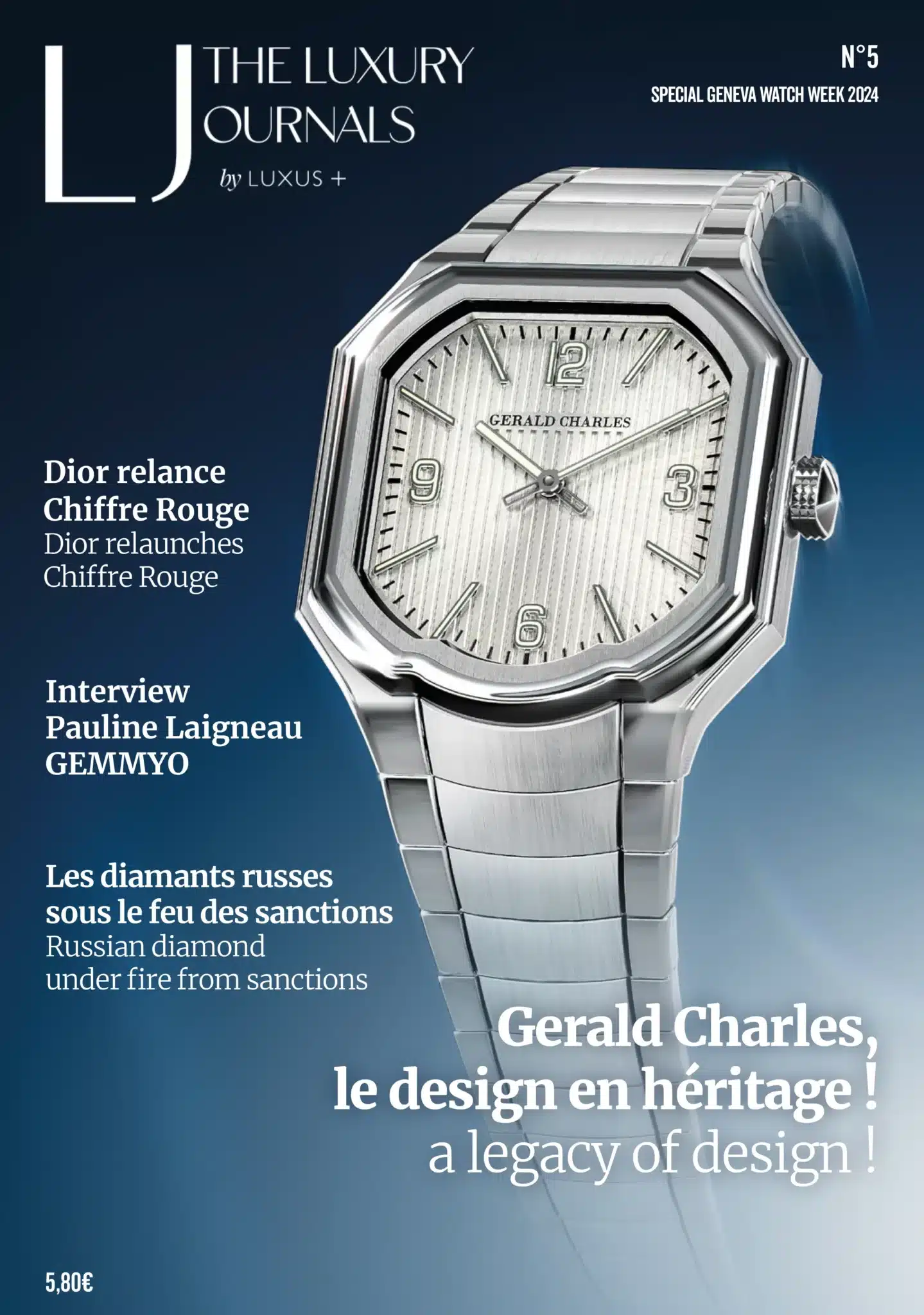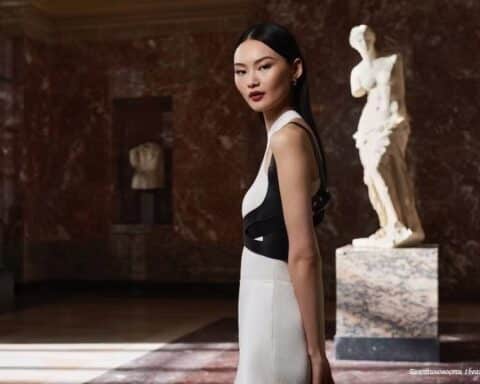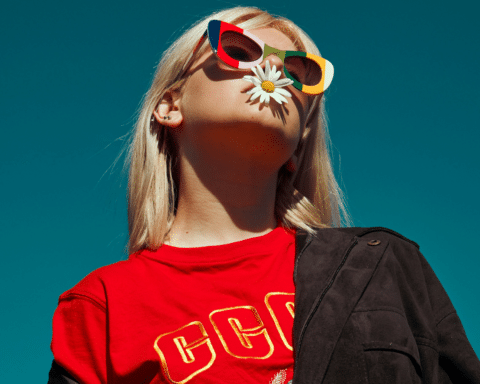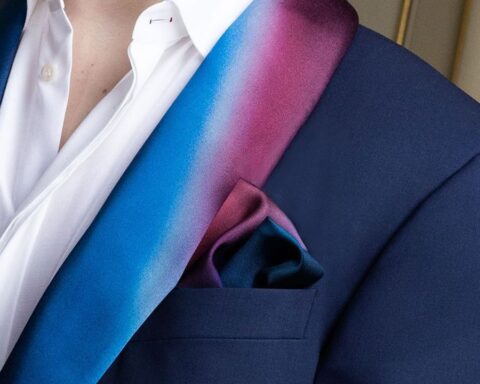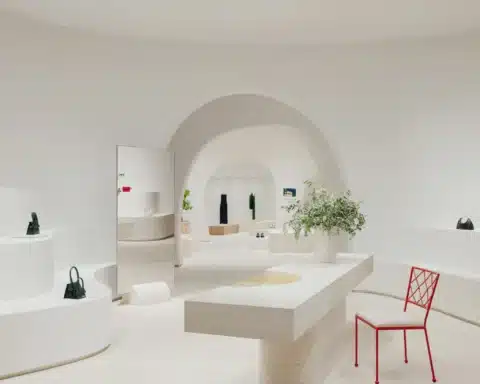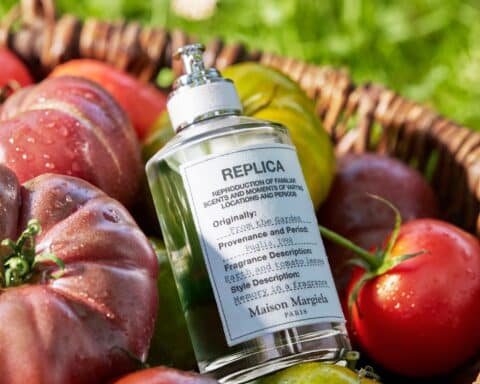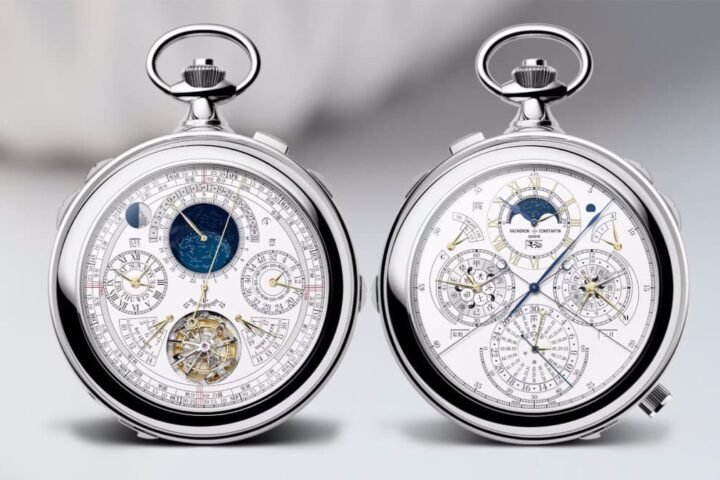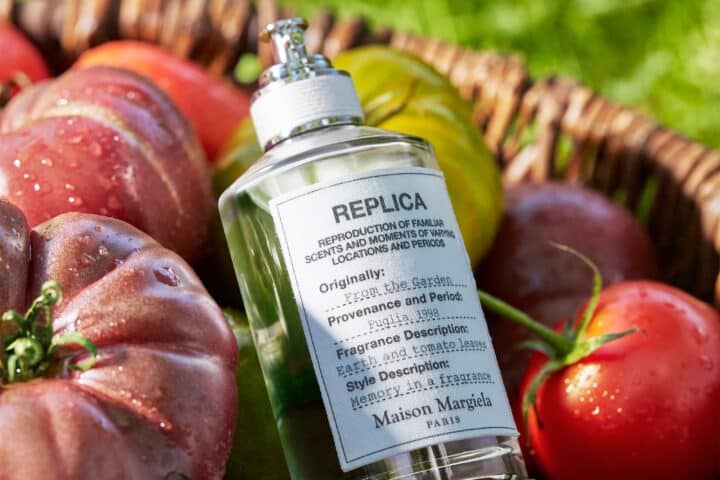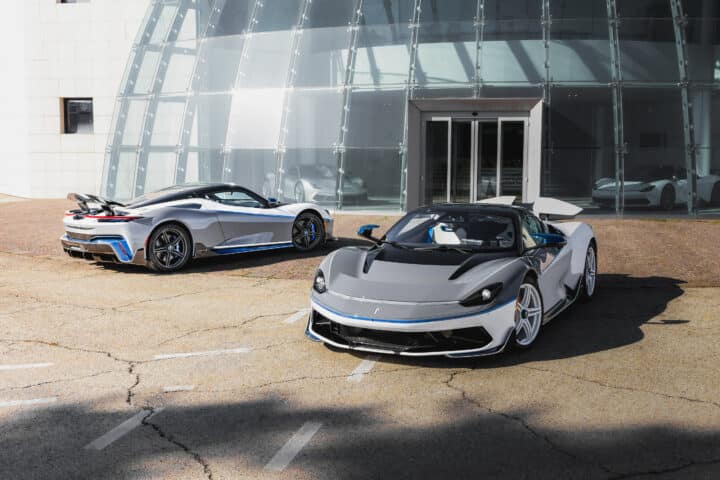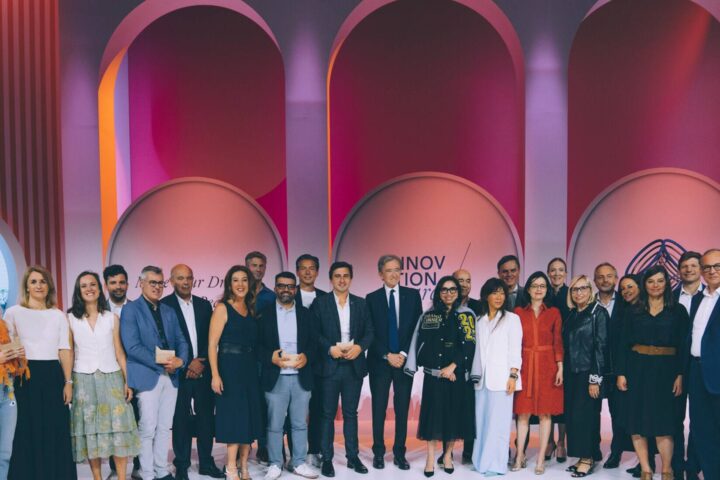[vc_row njt-role=”people-in-the-roles” njt-role-user-roles=”administrator,armember”][vc_column][vc_column_text]
“Leather, often copied, never equalled” is the conclusion that emerges from the study by COTANCE, the French federation of the Mégisserie Tannery, which shows that no substitute for the material can match its performance.
Indeed, the study showed that leather is by no means equalled and its superiority is unquestionable in terms of performance, quality and durability.
For example, all the substitutes tested obtained significantly lower results in terms of absorption and water vapour permeability. Leather is also superior in terms of longevity, particularly in terms of its resistance to bending and tearing.
Due to the notoriety and limited quantity of leather, the world is constantly searching for materials that could replace it. Omnipresent in leather goods, leather is now indispensable to the fashion industry and especially to the luxury industry.
Moreover, its qualities are not only aesthetic, it is a material that offers unbeatable performance in terms of durability, breathability and tear resistance.
And unlike other fabrics and their production, leather is produced in an environmentally friendly and sustainable way, at least in the European Union. Indeed, leather is a co-product of the food industry and does not require any animal slaughter for its manufacture, only exceptional craftsmanship.
To obtain these results, Cotance asked an independent research organisation, FILK (Institute for Leather and Synthetic Materials) in Freiberg, Germany, to examine the physical properties of nine of these best-known alternative products. The examinations were carried out by means of various physical and chemical tests on a coated fabric alternative and, as a reference, on real leather.
“The intrinsic and technical characteristics of the leather” were examined and compared, e.g. crack resistance, tear resistance, water vapour permeability and water vapour absorption.
The alternatives can thus be divided into three categories: “materials of natural origin, such as “MuSkin”, which do not require plastic, those made primarily from plastic and products made exclusively from plastic, such as conventional PVC or polyurethane (PUR). “Desserto”, a mixture of natural raw materials (cactus fibres) and plastic (polyester textile backing with two layers of polyurethane), is an example of a product that falls into the intermediate category. In this case, this product is made of 65% polyurethane” according to the study.
Moreover, although most of these products differ little visually from leather, concrete information on their origin, materials and ingredients is missing. These substitutes therefore suffer from a lack of transparency and this is where the main problem lies, as they are presented as more environmentally friendly alternatives.
Cotance says: “It is important that customers and consumers understand the performance shortcomings of these alternative materials and take this into account to ensure that the products they create or buy will perform as well as they expect”.
Read also > LEATHER INDUSTRY : DURABILITY REMAINS A PRIORITY ISSUE IN 2021
Featured Photo : © Press[/vc_column_text][/vc_column][/vc_row][vc_row njt-role=”not-logged-in”][vc_column][vc_column_text]
“Leather, often copied, never equalled” is the conclusion that emerges from the study by COTANCE, the French federation of the Mégisserie Tannery, which shows that no substitute for the material can match its performance.
Indeed, the study showed that leather is by no means equalled and its superiority is unquestionable in terms of performance, quality and durability.
For example, all the substitutes tested obtained significantly lower results in terms of absorption and water vapour permeability. Leather is also superior in terms of longevity, particularly in terms of its resistance to bending and tearing.
Due to the notoriety and limited quantity of leather, the world is constantly searching for materials that could replace it. Omnipresent in leather goods, leather is now indispensable to the fashion industry and especially to the luxury industry.
Moreover, its qualities are not only aesthetic, it is a material that offers unbeatable performance in terms of durability, breathability and tear resistance.
[…][/vc_column_text][vc_cta h2=”This article is for subscribers only.” h2_font_container=”font_size:16″ h2_use_theme_fonts=”yes” h4=”Subscribe now!” h4_font_container=”font_size:32|line_height:bas” h4_use_theme_fonts=”yes” txt_align=”center” color=”black” add_button=”right” btn_title=”I SUBSCRIBE!” btn_color=”danger” btn_size=”lg” btn_align=”center” use_custom_fonts_h2=”true” use_custom_fonts_h4=”true” btn_button_block=”true” btn_custom_onclick=”true” btn_link=”url:https%3A%2F%2Fluxus-plus.com%2Fen%2Fabonnements-et-newsletter-2-2%2F|||”]Unlimited access to all the articles and live a new reading experience, preview contents, exclusive newsletters…
Already have an account? Log in.[/vc_cta][vc_column_text]Featured photo: © Press[/vc_column_text][/vc_column][/vc_row][vc_row njt-role=”people-in-the-roles”][vc_column][vc_column_text]
“Leather, often copied, never equalled” is the conclusion that emerges from the study by COTANCE, the French federation of the Mégisserie Tannery, which shows that no substitute for the material can match its performance.
Indeed, the study showed that leather is by no means equalled and its superiority is unquestionable in terms of performance, quality and durability.
For example, all the substitutes tested obtained significantly lower results in terms of absorption and water vapour permeability. Leather is also superior in terms of longevity, particularly in terms of its resistance to bending and tearing.
Due to the notoriety and limited quantity of leather, the world is constantly searching for materials that could replace it. Omnipresent in leather goods, leather is now indispensable to the fashion industry and especially to the luxury industry.
Moreover, its qualities are not only aesthetic, it is a material that offers unbeatable performance in terms of durability, breathability and tear resistance.
[…][/vc_column_text][vc_cta h2=”This article is for subscribers only.” h2_font_container=”font_size:16″ h2_use_theme_fonts=”yes” h4=”Subscribe now!” h4_font_container=”font_size:32|line_height:bas” h4_use_theme_fonts=”yes” txt_align=”center” color=”black” add_button=”right” btn_title=”I SUBSCRIBE!” btn_color=”danger” btn_size=”lg” btn_align=”center” use_custom_fonts_h2=”true” use_custom_fonts_h4=”true” btn_button_block=”true” btn_custom_onclick=”true” btn_link=”url:https%3A%2F%2Fluxus-plus.com%2Fen%2Fabonnements-et-newsletter-2-2%2F|||”]Unlimited access to all the articles and live a new reading experience, preview contents, exclusive newsletters…
Already have an account? Log in.[/vc_cta][vc_column_text]Featured photo: © Press[/vc_column_text][/vc_column][/vc_row]


